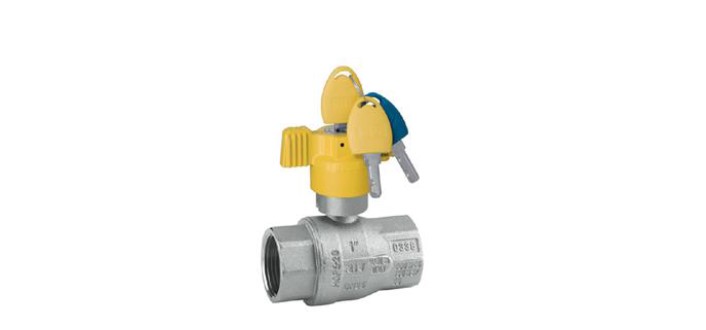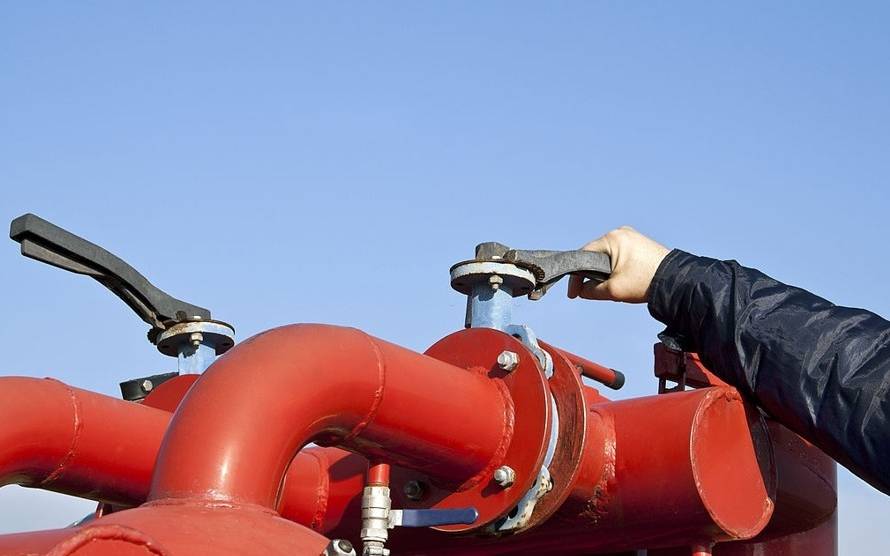Turbine Meter vs Paddle Meter: What Is the Difference?

Flow measurement is a critical component in many industries — from oil and gas to manufacturing and water treatment. Selecting the right flow meter impacts not just accuracy and efficiency, but also long-term operational costs and compliance with industry standards.
Among the most commonly used devices are the turbine meter and the paddle meter. While both serve to measure fluid flow, their mechanisms, applications, and advantages differ significantly.
In this article, we compare turbine meters and paddle meters, helping you determine which is more suitable for your specific application — especially if you’re dealing with fluids or gases under varying pressure and flow conditions.
What Is a Turbine Meter?
A turbine meter is a mechanical device that measures the flow rate of liquid or gas by using a rotating rotor placed in the path of the fluid.
As the fluid flows through the meter, it strikes the turbine blades, causing the rotor to spin. The rotational speed of the turbine is directly proportional to the velocity of the fluid.
Turbine meters are particularly effective in applications requiring high accuracy and repeatability. They’re commonly found in oil and gas pipelines, chemical manufacturing plants, and gas meter systems where flow dynamics are consistent.
Key Features of Turbine Meters:
- High accuracy (±0.5% of reading or better)
- Wide flow range (turndown ratio up to 10:1 or higher)
- Suitable for clean, steady flow
- Minimal pressure drop
- Available for both liquid and gas applications
What Is a Paddle Meter?
A paddle meter, often referred to as a paddlewheel or insertion flow meter, uses a rotating paddle or impeller that extends into the flow stream. The flow of the liquid or gas causes the paddle to spin, and the rotational speed is used to calculate the flow rate.
Paddle meters are generally more cost-effective and simpler in design compared to turbine meters. They’re ideal for moderate-accuracy applications like water distribution, cooling systems, irrigation, and non-critical industrial processes.
Key Features of Paddle Meters:
- Moderate accuracy (typically ±1.0% to ±2.0%)
- Lower cost and simple installation
- Best for low- to medium-viscosity fluids
- Less suitable for gases or pulsating flows
- Can be installed in large pipe diameters
Side-by-Side Comparison: Turbine Meter vs Paddle Meter
| Feature | Turbine Meter | Paddle Meter |
|---|---|---|
| Principle of Operation | Rotor spins with flow velocity | Paddlewheel spins within the flow |
| Typical Applications | Fuel, gas, oil, chemicals, custody transfer | Water, HVAC, irrigation, non-critical flow monitoring |
| Accuracy | High (±0.5% or better) | Moderate (±1.0%–2.0%) |
| Pressure Sensitivity | Handles high pressure well | Typically used in lower-pressure environments |
| Viscosity Range | Handles a wide range of viscosities | Limited to low-viscosity fluids |
| Gas Compatibility | Yes (used as gas meters too) | Rarely suitable for gas |
| Cost | Higher upfront cost | Lower cost |
| Installation | Inline or flange mounting | Insertion-type, easy to retrofit |
| Maintenance | Requires occasional calibration | Easier to clean, lower maintenance |
Use Cases and Industry Applications
Turbine Meters in Practice
- Natural Gas and Oil: Used as a gas meter for measuring volumes in custody transfer, billing, and compliance reporting.
- Petrochemical Plants: Turbine meters handle corrosive fluids and maintain precise measurement under high pressure.
- Aviation Fuel Supply: Where exact volume measurement is essential for fuel distribution.
Turbine meters are often the first choice when accuracy, durability, and repeatability are non-negotiable.
Paddle Meters in Practice
- Water Treatment Plants: Monitoring water distribution, chemical dosing, and filtration systems.
- Irrigation Systems: Flow control for agriculture with large pipe diameters.
- HVAC Cooling Systems: Cost-effective solution for non-critical flow monitoring in building automation.
Paddle meters excel in cost-sensitive environments where approximate flow data is sufficient for daily operation.
When to Choose a Turbine Meter
You should consider a turbine meter when:
- You need high accuracy and repeatable results
- You’re dealing with clean fluids or gases
- The application involves high-pressure systems
- You’re measuring for billing, custody transfer, or regulation compliance
- You’re looking for a solution that works in both gas and liquid systems
While the initial investment may be higher, turbine meters provide exceptional value over time due to their precision and reliability.
When to Choose a Paddle Meter
Opt for a paddle meter when:
- Cost is a primary concern
- You’re working with low- to medium-pressure systems
- Accuracy is important but not critical
- You need a simple, retrofit-friendly installation
- The fluid is non-viscous and relatively clean (e.g., water)
Paddle meters are perfect for routine monitoring where extreme precision isn’t required, making them a popular choice in facility management and irrigation.
Limitations to Be Aware Of
Turbine Meters
- Not ideal for dirty or particulate-laden fluids (can damage rotor)
- Sensitive to flow disturbances (straight pipe lengths required before and after installation)
- Higher installation and calibration costs
Paddle Meters
- Less suitable for high-viscosity or high-pressure environments
- Not designed for gas measurement
- Reduced accuracy in non-uniform flow or pulsating systems
Maintenance and Longevity
Both turbine and paddle meters require regular inspection to ensure optimal performance.
- Turbine meters benefit from scheduled calibration and occasional bearing replacement, especially in demanding applications.
- Paddle meters require less technical maintenance, but their plastic components may wear faster, especially in abrasive or high-velocity systems.
Investing in the right meter from the outset — matched to your operating conditions — reduces downtime and extends service life.
Conclusion: Which Meter Is Right for You?
There is no one-size-fits-all answer. The right flow meter depends on your:
- Budget constraints
- Required accuracy
- Type of fluid or gas
- Pressure and temperature conditions
- Regulatory needs
If your application demands precision, durability, and compatibility with gases, a turbine meter is your best choice.
On the other hand, if you’re looking for an affordable, easy-to-install option for water or low-viscosity liquids, a paddle meter may be more suitable.
For technical guidance or to source the right meter for your system, consult with a flow measurement expert who understands both your industry and your application.



